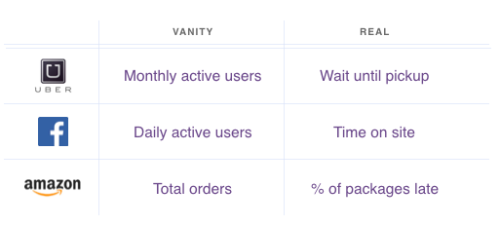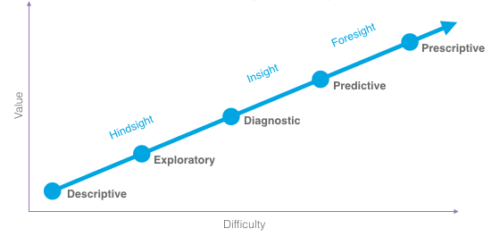A few weeks ago, we hosted our second marketplace meetup in San Francisco. The night…
Data / AI / ML
This is the second in a series of posts summarizing our speakers’ insights from the Data-driven Marketplace Meetup on May 16. You can check out our post detailing Bala Ganapathy’s talk on pulling levers to reach supply-demand equilibrium here. Anyone who works with data knows that collecting it is one thing, but then finding meaning […]
A few weeks ago, we hosted our second marketplace meetup in San Francisco. The night…
Back in October, we hosted our first marketplace-themed meetup on the topic of The Holy Grail…
This is the second in a series of posts summarizing our speakers’ insights from the Data-driven Marketplace Meetup on May 16. You can check out our post detailing Bala Ganapathy’s talk on pulling levers to reach supply-demand equilibrium here.
Anyone who works with data knows that collecting it is one thing, but then finding meaning and actionable insights is another. At our recent marketplace meetup, Jamie Davidson (Product & Data Platform at Looker, previously at HotelTonight and Redpoint Ventures) shared some important lessons during his talk. Here are two key highlights:
Recognize your real metrics over vanity metrics
Every startup founder knows s/he must measure his/her results, but many focus on symptomatic, vanity metrics – things like raw page views, number of downloads, and number of registered users. These numbers may make you feel good, but they don’t necessarily correlate to the things that truly matter to traction and your bottom line.
As Jamie explained, marketplaces are all about liquidity, so your KPIs should measure such. The table below (from Jamie’s presentation) provides some perfect examples of the differences between vanity and real metrics.

Bala Ganapathy of Instacart echoed this sentiment: Instacart focuses on delivery times. Why? When customers receive their food on time, they’ll be happy and more likely to come back. Another example is Upworthy where total attention minutes is much more reflective of customer engagement than just page views.
Data sophistication journey
As companies start collecting data, they can start working with it. However, it’s a long-term process – and Jamie outlined the journey starting from descriptive to the ultimate goal of prescriptive foresight. Many companies experience a bottleneck early on (in between the descriptive and exploratory phases), but the more data-driven companies push on.

Here’s some advice for making it through the data journey:
Thanks to Jamie for taking the time to share his deep knowledge and experiences with all of us and stay tuned for one more summary from our final speaker, Jessica Zuniga, over the coming weeks.
Crypto / Blockchain, Portfolio, Version One
We’re excited to announce our investment in Loon, a Canadian company building the country’s first regulated digital dollar. Version One led Loon’s $3M pre-seed round, alongside Garage Capital and a group of strategic Canadian angel investors. Loon is on a mission to create trusted, transparent payment infrastructure for Canada’s digital economy — starting with CADC, […]
As 2015 comes to an end, it’s time to reflect on what we’ve done and…
As the Internet evolves, the venture capital business starts evolving and we have been seeing…